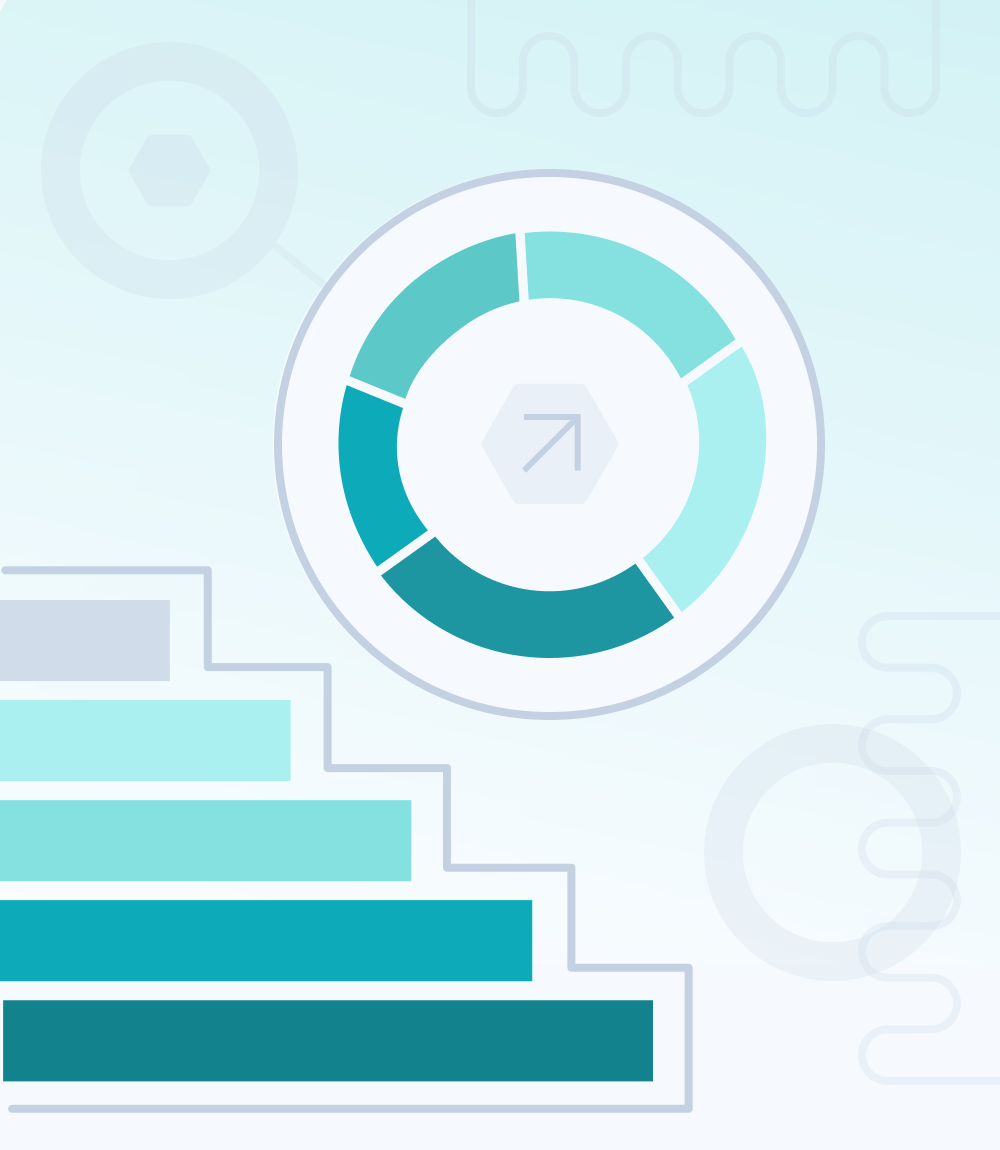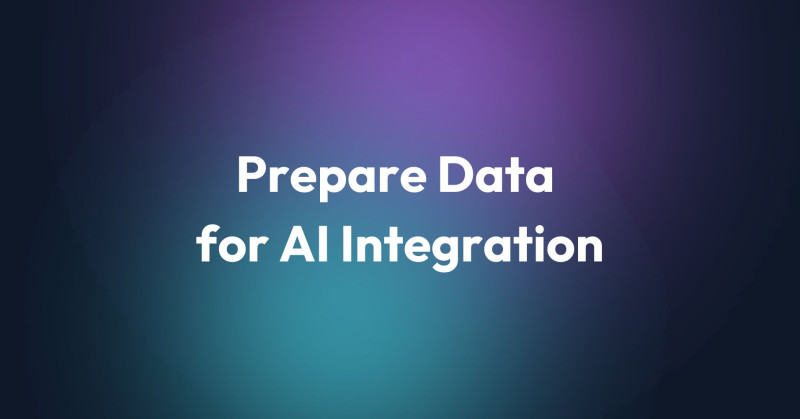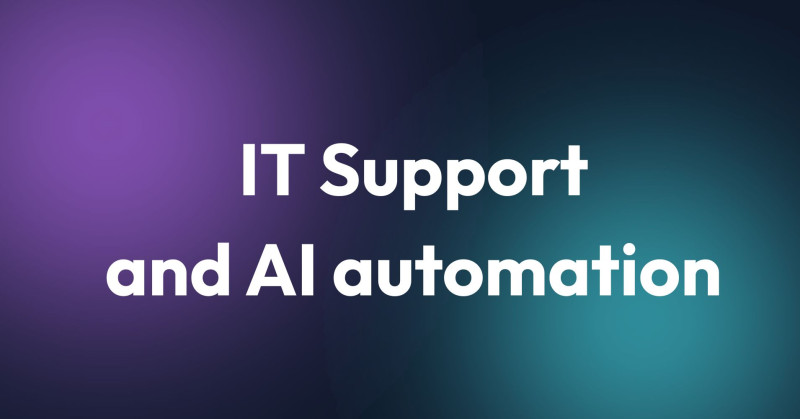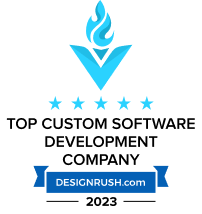Software development methodologies have come a long way since the early days of programming - to misquote the Greek philosopher, Heraclitus of Ephesus – “the only constant in the field of Software Development is change”. Today, software development is no longer just about coding, but it is also about designing, testing, deploying, and maintaining software products.

As the software development process has evolved, so too have the methodologies used to manage and control it. In this article, we will explore modern software development methodologies and how they can be applied to software projects.
Agile Methodology
Agile methodology is a popular software development methodology that emphasizes collaboration, flexibility, and adaptability. Agile development relies on iterative and incremental development, with each iteration being a short development cycle. This approach allows developers to quickly respond to changes in requirements, which helps to ensure that the final product meets the client's needs.
The Agile methodology is characterized by its four core values: individuals and interactions over processes and tools, working software over comprehensive documentation, customer collaboration over contract negotiation, and responding to change over following a plan. Agile development also relies on a set of principles, such as delivering working software frequently, continuous attention to technical excellence, and simplicity.

Agile methodology is best suited for projects where the requirements are likely to change, and the client needs to be involved throughout the development process. Agile development is well-suited to projects with a high level of uncertainty, such as projects involving emerging technologies or where the requirements are not yet fully understood.
The two most popular examples of Agile approaches are Scrum and Kanban:
Scrum
Scrum is a framework that is often used in Agile development. It is a lightweight process framework that is designed to help teams to build software products more efficiently. Scrum relies on a series of iterative and incremental development cycles, known as sprints. Each sprint typically lasts two to four weeks and involves a team working on a set of user stories, which describe a user's needs or requirements.
The Scrum framework includes several key roles, including the Product Owner, Scrum Master, and Development Team. The Product Owner is responsible for defining the product backlog and prioritizing user stories. The Scrum Master is accountable for guiding the Scrum process and ensuring that the team adheres to the Scrum framework. On the other hand, the Development Team is responsible for delivering a product increment that is potentially releasable by the end of each sprint.
Scrum is particularly well-suited to projects with a complex or rapidly changing scope. Scrum works well when there is a clear product backlog, and the team is working on a set of user stories that can be completed within a few weeks.
Kanban
Kanban is another Agile methodology that is often used in software development. Kanban methodology revolves around the concepts of visualizing work, constraining the amount of work in progress, and regulating the flow of work. Kanban boards are often used to visualize the work that needs to be done, and each card on the board represents a task or user story.
Kanban boards typically have several columns, such as "To Do," "In Progress," and "Done." As tasks are completed, they are moved to the next column. Kanban boards help teams to visualize their work and ensure that tasks are completed in a timely manner.
Kanban is well-suited to projects with a steady flow of work, where tasks need to be completed in a timely manner. It works well for projects where the scope is well understood, and there are clear tasks that need to be completed. Kanban boards are also useful for visualizing work and identifying bottlenecks in the development process.
DevOps
The DevOps methodology prioritizes teamwork between the development and operations teams. Collaboration, communication, and automation are given great significance in DevOps. It aims to break down silos between development and operations teams, which helps to improve the speed and quality of software delivery.
DevOps relies on a set of practices, such as continuous integration, continuous delivery, and infrastructure as code. To achieve continuous integration, developers need to regularly merge their code changes into a shared repository. Continuous delivery, on the other hand, automates the deployment of code changes to a staging or production environment. Infrastructure as code involves managing infrastructure using code, which helps to improve the consistency and reliability of infrastructure.
DevOps is best suited for projects where the development team and operations team need to work closely together. DevOps is particularly useful for projects that involve cloud-based infrastructure, where changes need to be deployed quickly and efficiently.

Waterfall
Waterfall is a traditional software development methodology that is still used in some software development projects today. It is a sequential process that involves a series of phases, including requirements gathering, design, development, testing, and maintenance. Waterfall is characterized by its linear and sequential approach, with each phase being completed before moving on to the next.
Waterfall is best suited for projects with a well-defined fixed scope, where the requirements are unlikely to change significantly and the development cycle is long.

Delving into Modern Software Development Methodologies
Modern software development methodologies are designed to help teams develop software products more efficiently and effectively. Agile methodologies such as Scrum and Kanban rely on iterative and incremental development, while DevOps focuses on collaboration between development and operations teams. Waterfall, on the other hand, is a more traditional approach that relies on very thorough and precise planning. The choice of methodology will depend on the project's specific needs and requirements.
It is important to note that while software development methodologies provide a framework for managing and controlling the development process, they are not a silver bullet. Effective software development still relies on skilled developers, effective communication, and a clear understanding of the client's needs and requirements.
The team should generally aim to follow the chosen methodology as much as possible, because they are designed to provide a framework for managing and controlling the development process, and deviating from the methodology can result in the team not meeting its objectives or delivering a subpar product. However, this does not mean that the team should not be flexible and adapt the methodology to suit the specific needs of the project. The team should be open to feedback, be willing to make adjustments to the methodology, and continuously improve their approach to software development.
In addition to choosing a methodology, it is also important to choose the right tools and technologies for the project. Sorry to break it to you, but “going Agile” will not solve all your problems.
Overall, the software development process continues to evolve, with new methodologies and technologies emerging all the time. By staying up to date with the latest trends and best practices, software development teams can continue to deliver high-quality software products that meet the needs of their clients.





















